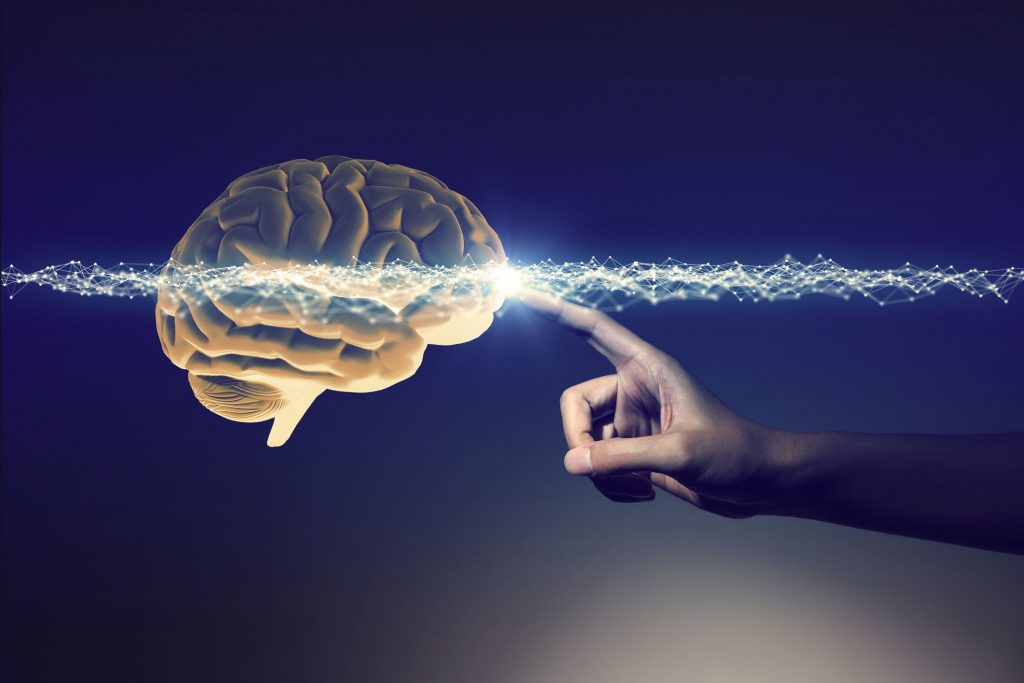Technology has now reached the point where scientists are designing computational systems to explore the bodily organ that designed the computational systems in the first place: the human brain.
This growing area of technology is called neuroinformatics.
A growing sub-sect of informatics, neuroinformatics seeks to push forward brain and nervous system research by organizing and analyzing neuroscience data with innovative analytical tools and computational models.
Some of this involves software that can use aspects of machine learning or artificial intelligence.
There are two overall goals of neuroinformatics:
- Improve the collection, analysis, integration, interpretation, modeling and dissemination of data
- Promote data sharing and collaboration with scientists around the world
A Worldwide Effort
Science, as is often the case in research, does not acknowledge political boundaries in neuroinformatics. The internet itself was originally created for academics around the world to share information. In neuroinformatics, the goal is to provide scientists anywhere in the world the ability to access information and research data as part of a connected network.
Through shared software, information networks and data standards, researchers can access the latest information in the field, ensuring everyone is working with the most up-to-date sets of data.
Why is this important? Because, according to Helena Ledmyr with the International Neuroinformatics Coordinating Facility in Sweden, neurological, mental and behavioral disorders account for 10% of the total amount of diseases worldwide.
Clearly, a better understanding of how the brain works, as well as the entire central nervous system, could help researchers find ways to reduce that number.
How Neuroinformatics Began
The move into creating systems to integrate all the data involved with neuroscience research had its start in the 1980s when advances in information technology began to catch up with the hopes of scientists, according to the Encyclopedia of Neuroscience
The idea behind neuroinformatics is to design a computational system that can integrate the diverse amount of knowledge and research on the brain and central nervous system. As noted by the encyclopedia, this requires “a fusion of seemingly disparate technical approaches, from molecules to behavior.”
Technology now has allowed for creation of a unified computational framework that can properly organize and analyze information from these disparate sources. The resulting insight is expected to propel brain research forward, leading to better ways of identifying and diagnosing brain diseases, as well as finding better ways to treat them.
The Future of Neuroinformatics
While neuroinformatics can lead to a better understanding of the structure and functions of the brain, some scientists believe they have only scratched the proverbial surface on where the technology could lead.
In a paper published in Frontiers of Neuroinformatics, researchers from universities across the United States offered some ideas on where neuroinformatics could go in the coming years.
They include:
- Improved archiving of the massive datasets involved in neuroinformatics, allowing for more efficient collection, storying, querying, visualization and sharing of neuroimaging data
- Better methods for improving the visualization of data to meet domain-specific needs
- Improved methods for mining vast datasets to discover insightful information
- A framework for measuring and tracking privacy loss in data – and finding betters way to share data without privacy loss
The future for neuroscience is unknown, but the possibilities are exciting. With better systems to analyze how the brain works, scientists are taking a big step toward solving the issues of human behavior that center around how the brain functions.




